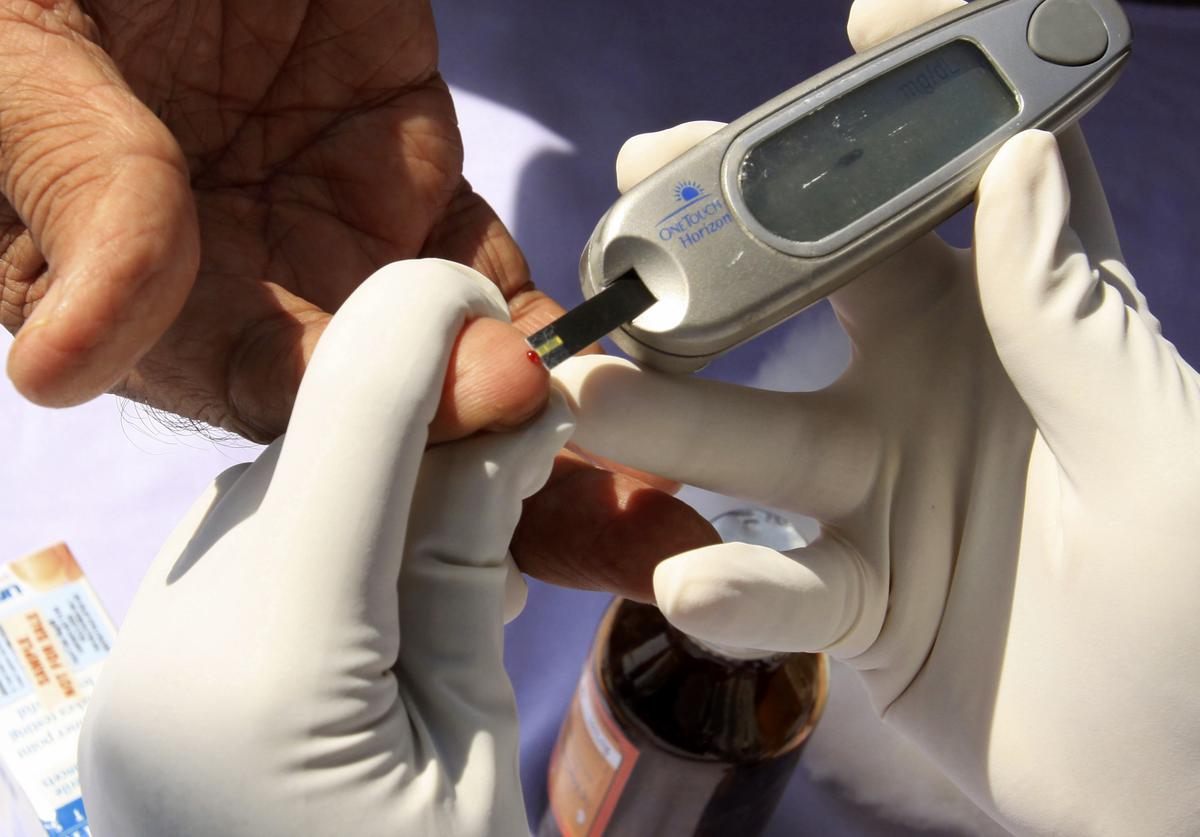Diabetic medicine infection: Following the United States and Canada, India has reported an uncommon but dangerous infection of the genitals and the area around the genitals in Type 2 diabetes patients taking sodium-glucose cotransporter-2 (SGLT2) inhibitors. Necrotizing fasciitis of the perineum, often known as Fournier’s gangrene, is a dangerous, rare infection.
The Central Drugs Standard Control Organization (CDSCO) has requested that all State Drug Controllers direct the manufacturers of SGLT2 inhibitor class drugs named Canagliflozin, Dapagliflozin, and Empagliflozin to include warnings in the package insert and promotional literature of these drugs under their jurisdiction as a precautionary measure.
The Health Ministry recently presented the material in response to MP P. Velusamy’s inquiry on a bad reaction to an anti-diabetes medicine.
Diabetic infection
In type-2 diabetes mellitus (T2DM) patients with atherosclerotic cardiovascular disease (ASCVD), heart failure (HF), and chronic kidney disease, sodium-glucose cotransporter-2 (SGLT2) inhibitors, and dipeptidyl peptidase IV (DPP-IV) inhibitors are recommended as preferred add-on oral antidiabetic drugs (OADs) after metformin (CKD). They are often far more expensive than other OADs, according to specialists.
CDSCO was advised about a Health Canada message to all those authorized to sell sodium-glucose co-transporter-2 (SGLT2) inhibitors regarding a summary safety review (SSR) on the potential risk of pancreas inflammation, according to the Ministry’s submission to Parliament (acute and chronic).
The US Food and Drug Administration (USFDA) has issued a drug safety communication (DSC) warning of cases of rare but serious infection of the genitals and the area surrounding the genitals that have been linked to the use of SGLT2 inhibitors.
“Necrotizing fasciitis of the perineum, often known as Fournier’s gangrene, is a dangerous, rare infection. According to the Ministry, the USFDA has changed the labeling of SGLT 2 inhibitors to incorporate new warnings regarding the risk to patients. It went on to say that the problem was looked into with the CDSCO’s Subject Expert Committee (SEC) and that information from the Pharmacovigilance Programme of India (PvPI) was also collected.
Diabetes is a chronic metabolic condition marked by high blood glucose (or blood sugar) levels, which can cause catastrophic damage to the heart, blood vessels, eyes, kidneys, and nerves over time. The most common is type-2 diabetes, which affects adults and arises when the body becomes insulin resistant or produces insufficient insulin. According to the World Health Organization, the prevalence of type-2 diabetes has increased rapidly in countries of all income levels during the last three decades.
While the exact number of diabetic patients in India is unknown, according to the 10th edition of the International Diabetes Federation’s (IDF) Diabetes Atlas 2021, the estimated number of diabetic patients between the ages of 20 and 79 years is 74.2 million in 2021 and is expected to rise to 124.8 million in 2045.

